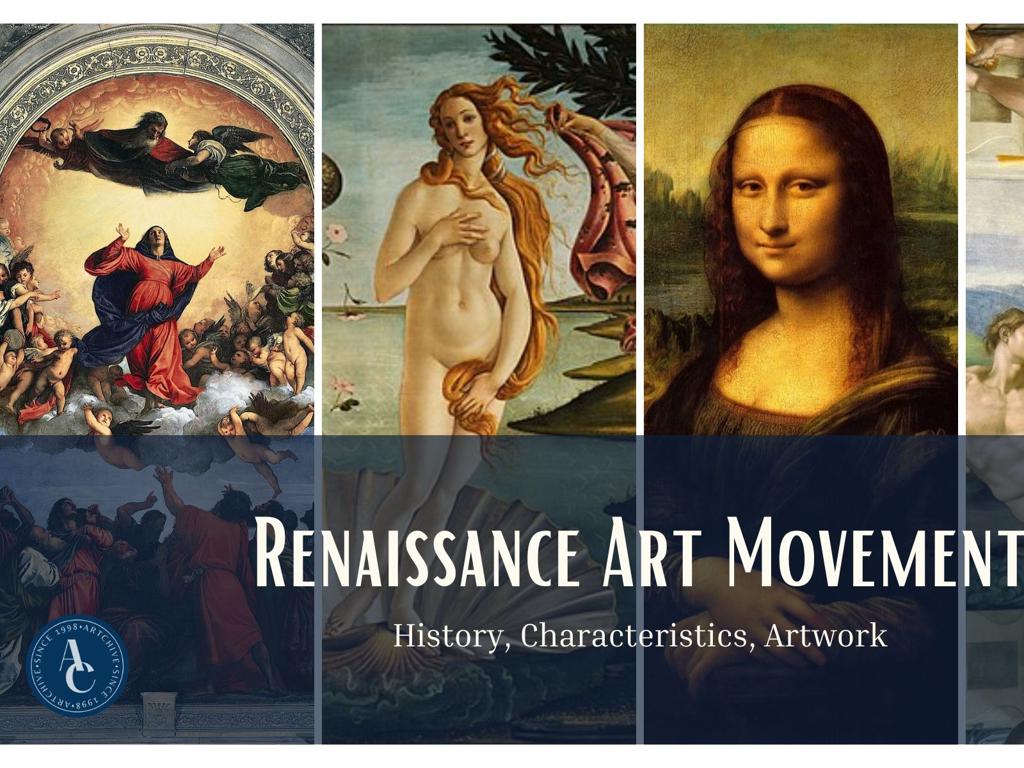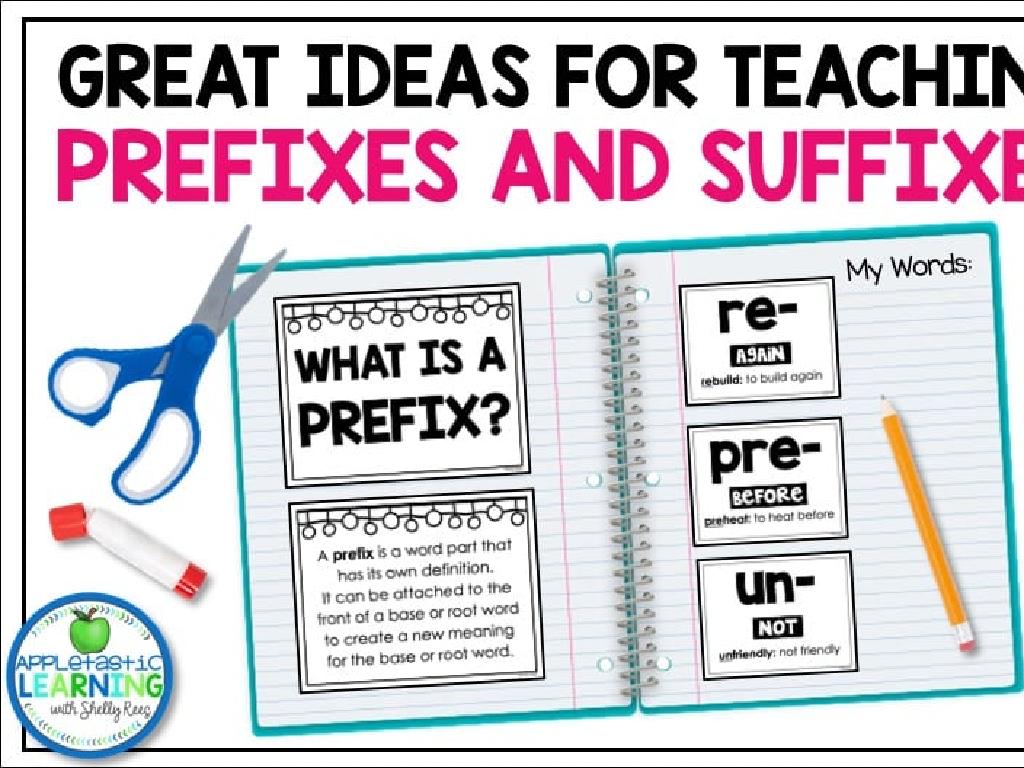Analyze Passages From Anne Frank: The Diary Of A Young Girl: Part 1
Subject: Language arts
Grade: Seventh grade
Topic: Nonfiction Book Study
Please LOG IN to download the presentation. Access is available to registered users only.
View More Content
Exploring Anne Frank’s Diary
– Nonfiction: Diaries as literature
– Diaries offer a first-person account of daily life and thoughts.
– Anne Frank’s historical backdrop
– Anne’s diary is set during WWII, providing a personal perspective on the war.
– Diaries: Personal & historical insights
– Diaries like Anne’s help us grasp the human side of history.
– Significance of Anne’s diary
– Anne’s diary is a powerful tool for learning about resilience and empathy.
|
This slide introduces ‘Anne Frank: The Diary of a Young Girl’ as a significant nonfiction work. Diaries as a literary form provide a unique, personal view into an author’s experiences and thoughts. Anne Frank’s diary, written during the Holocaust, offers a poignant, first-hand account of her life in hiding. It serves as an important historical document that gives us insight into the personal narratives of those affected by the events of World War II. The diary not only educates students about the past but also encourages them to reflect on themes of courage, hope, and the human spirit. Discuss the importance of preserving such narratives to understand history from a personal viewpoint.
Understanding Anne’s World: Life in Hiding
– Life in the Secret Annex
– The hidden rooms behind Anne’s father’s office where they lived for two years.
– Challenges faced by Anne’s family
– Scarcity of food, fear of discovery, and the strain of living in confinement.
– Anne’s emotions and thoughts
– Anne’s diary entries reveal her fear, hope, and the growth of her spirit.
– Discussion of Anne’s narrative
– Analyze how Anne’s writing reflects her complex emotional landscape.
|
This slide aims to delve into the context of Anne Frank’s life during her time in the Secret Annex. Discuss the physical space of the Annex and the daily realities of hiding during a time of persecution. Highlight the challenges such as the constant threat of discovery and limited resources. Reflect on Anne’s personal growth and resilience as shown through her writing, which oscillates between despair, longing, and moments of joy. Encourage students to consider how Anne’s experiences and emotions are conveyed through her words and what we can learn from them about human endurance and hope.
Literary Exploration of Anne Frank’s Diary
– Uncover themes and motifs
– Themes like hope and motifs like Anne’s diary itself guide the narrative.
– Analyze Anne’s language use
– Anne’s vivid descriptions and emotional tone convey her experiences.
– Observe character growth
– Witness Anne’s maturity over time through her written reflections.
– Reflect on the historical context
|
This slide aims to delve into the literary aspects of Anne Frank’s diary. Students should identify recurring themes such as hope, fear, and the struggle for normalcy in abnormal times, as well as motifs like the diary itself, which serves as a confidant and a symbol of Anne’s inner life. Analyzing Anne’s language and style will help students appreciate her as a writer and understand the emotional depth of her experiences. Character development is another crucial element, as students can trace how Anne grows and changes throughout the diary entries. Encourage students to consider the historical context of World War II and how it shapes the diary’s content. This analysis will deepen their comprehension of the text and its significance.
Analyzing Anne Frank’s Diary Passages
– Read selected diary excerpts
– Analyze Anne’s perspective
– How does Anne view her world and circumstances?
– Discuss imagery and symbolism
– Identify metaphors and descriptive language
– Reflect on Anne’s experiences
– Consider the emotions and events Anne describes
|
This slide aims to guide students through an analytical reading of ‘Anne Frank: The Diary of a Young Girl.’ Students should start by reading selected passages, focusing on understanding Anne’s viewpoint and emotional state. Encourage them to identify and discuss the literary devices Anne uses, such as imagery and symbolism, to convey her experiences and feelings. This activity will help students develop critical thinking and empathy, as well as enhance their ability to interpret literary texts. In the next class, facilitate a discussion where students can share their insights and reflections on Anne’s life and writing style.
Connecting Anne Frank’s Diary to Today’s World
– Relating Anne’s experiences to current issues
– Compare Anne’s story with modern-day events and challenges.
– Diary writing’s relevance in the digital era
– Discuss how diary writing remains meaningful amidst blogs and social media.
– Fostering empathy through historical texts
– Historical texts like Anne’s diary help us understand and share the feelings of others.
– Understanding Anne’s impact on today
– Reflect on how Anne’s insights continue to influence and teach us.
|
This slide aims to draw parallels between Anne Frank’s experiences during the Holocaust and contemporary issues, highlighting the timeless nature of her diary. Students should consider how personal narratives can shed light on broader societal challenges. Discuss the enduring importance of diary writing as a form of self-expression and documentation, even in an age dominated by digital communication. Encourage students to read historical texts with empathy, understanding that these are real experiences that can inform our perspectives today. Use Anne’s diary as a case study to explore how personal stories from the past remain relevant and can inspire change in the present.
Class Activity: Crafting a Diary Entry
– Imagine a day in the Secret Annex
– Use sensory details in your writing
– Describe what you might see, hear, smell, touch
– Express emotions in your diary entry
– How would you feel? Scared, hopeful, bored?
– Share with peers for feedback
|
In this activity, students will step into the shoes of Anne Frank and write their own diary entry as if they were in the Secret Annex. Encourage them to use vivid sensory details to bring their writing to life and to express the emotions they might feel in that situation. After writing, students will share their entries with classmates to receive constructive feedback. This exercise will help them understand the historical context and empathize with Anne’s experiences while also developing their descriptive writing skills. Possible variations of the activity could include writing from the perspective of another person in the Annex or imagining a specific event that could have happened.






